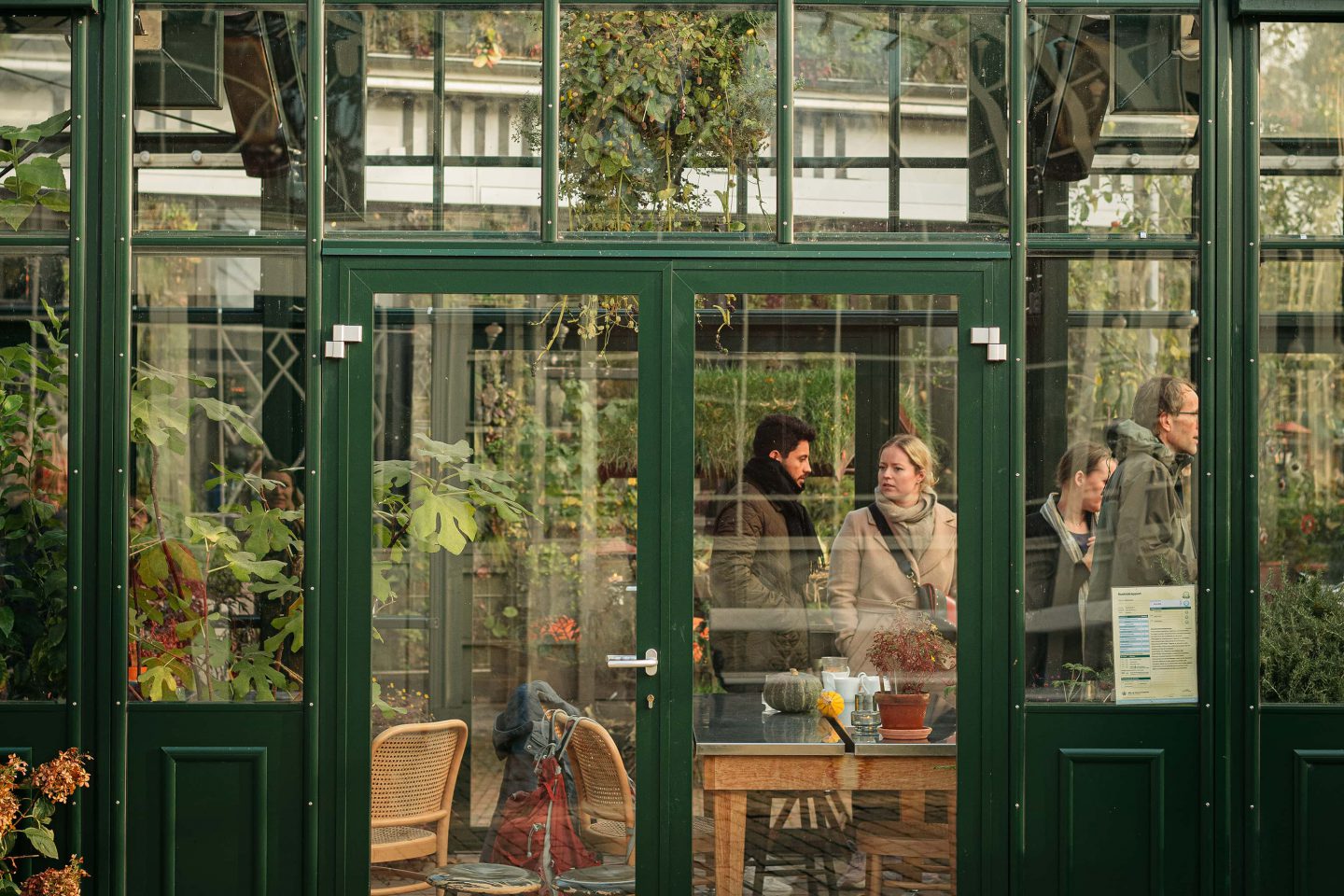Today, megacities have become synonymous with economic growth. In both developing and developed countries, cities with populations of 10 million or more account for one-third to one-half of their gross domestic product.
Many analysts and policymakers think this trend is here to stay. The rise of big data analytics and mobile technology should spur development, they assert, transforming metropolises like Shanghai, Nairobi and Mexico City into so-called “smart cities” that can leverage their huge populations to power their economies and change the power balance in the world.
Read more →












